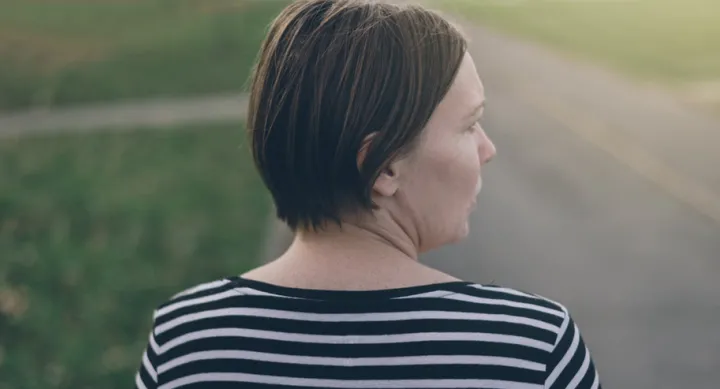
Inclusive teaching means slowing down. Rushing, skipping, glossing over: these are the ways in which we can forget, ignore, marginalize and hurt. Social justice facilitator and writer adrienne maree brown writes in her most recent book Emergent Strategy: Shaping Change, Changing Worlds about adjusting to a “slower self." A “self” that is intentional, sustainable, and connected. I appreciate this because it reminds me that when I feel the most successful after doing inclusive educational work, it is when I take my time, have conversations with people I admire, and provide the information to an audience with thoughtful care.
I am a staff member at Voices Against Violence, a program of the Counseling and Mental Health Center that aims to provide the campus with tools to identify and interrupt interpersonal violence, support survivors, and build a campus that values and promotes healthy relationships and consent. I educate the UT community about ways to prevent interpersonal violence, which we consider to encompass dating/relationship violence, sexual violence, and stalking.
I believe that teaching about such a complex issue as interpersonal violence requires special attention to inclusivity in both content and the tools to teach that content. I generally only have one visit and one hour to educate a group of people about interpersonal violence. Choosing the right content and the right way to communicate it for that audience is crucial since I won’t get another opportunity to interact with them. I must slow down and ask (myself, the group, my colleagues), what will be the most useful information that is connected to the lives of this group of people so that they might investigate their own relationships to interpersonal violence? Whether that’s to heal, to change violent behaviors, or to learn how to intervene or support. How can I best ensure that everyone can learn? Whether they are differently abled, learn through interactive activities or didactic instruction, have little awareness of interpersonal violence or are experts in the field.
When I slow down, I can see the roots of interpersonal violence: the misogyny, racism, homophobia, xenophobia, sexual objectivation, rigid gender roles, restrictive masculinity, abuse and neglect, more. When I speed up, I see the tree that has come from these roots: the survivors and victims, pepper spray, violence, more. All of it is important, but both must be considered; and it seems that the roots tend to be most frequently unseen, forgotten, or willfully avoided. But these roots are where the inclusive practices can find their inspiration. For example, the following are topics that are inspired by the aforementioned roots:
- How marginalized groups are disproportionately impacted by interpersonal violence
- How trauma can be layered and can be exacerbated or originate from oppression
- How the context in which education is occurring can impact how and if someone is able to learn (e.g. going into a space that is rife with microaggressions or overt racism)
Inclusivity also means that I am not the only one teaching about interpersonal violence. In my role at Voices Against Violence, I am able provide opportunities for students who want to develop their own workshops that are tailored to populations that are disproportionately impacted by interpersonal violence. This communicates the intention of inclusiveness on an organizational level (when people see what workshops we offer) and intergroup level (with the groups we provide workshops) and an individual level (in the partnerships and relationships we develop). This has taken time - a slow and deliberate strategy of recruiting students, developing literature reviews, constructing workshops, more. Sometimes it can be frustrating not to be able to just make things happen, but I believe: “There is always enough time for the right work” (brown, 41).
I educate the UT community about interpersonal violence. It’s challenging and can be exhausting, but I believe in the work most when I’m in front of a group and I say something and all of sudden a bunch of eyes are awake and a bunch of heads are nodding. Or maybe one pair of eyes are awake and one head is nodding. This is when I feel like I am contributing to “...a world where we can feel ourselves and each other and do less harm and generate more freedom” (brown, 106). As I continue to do this type of teaching, I know that I may have to race to answer the hundreds of emails I receive, but I don’t have to rush to develop inclusive practices, partially because it won’t work, but also because my slowest self is my most intentional and sustainable self.
References:
brown, a. m. (2017). Emergent strategy: shaping change, changing worlds. Chico, CA: AK Press.

Lauren White
Prevention & Outreach Specialist, Voices Against Violence (VAV)
Lauren is a Social Worker with a Masters of Science in Social Work and a UT-Austin Licensed Master Social Worker (LMSW).
Voices Against Violence encourages adopting inclusive teaching and learning approaches. Please feel free to explore resources on the Center for Teaching and Learning's website for inclusive teaching and learning.

